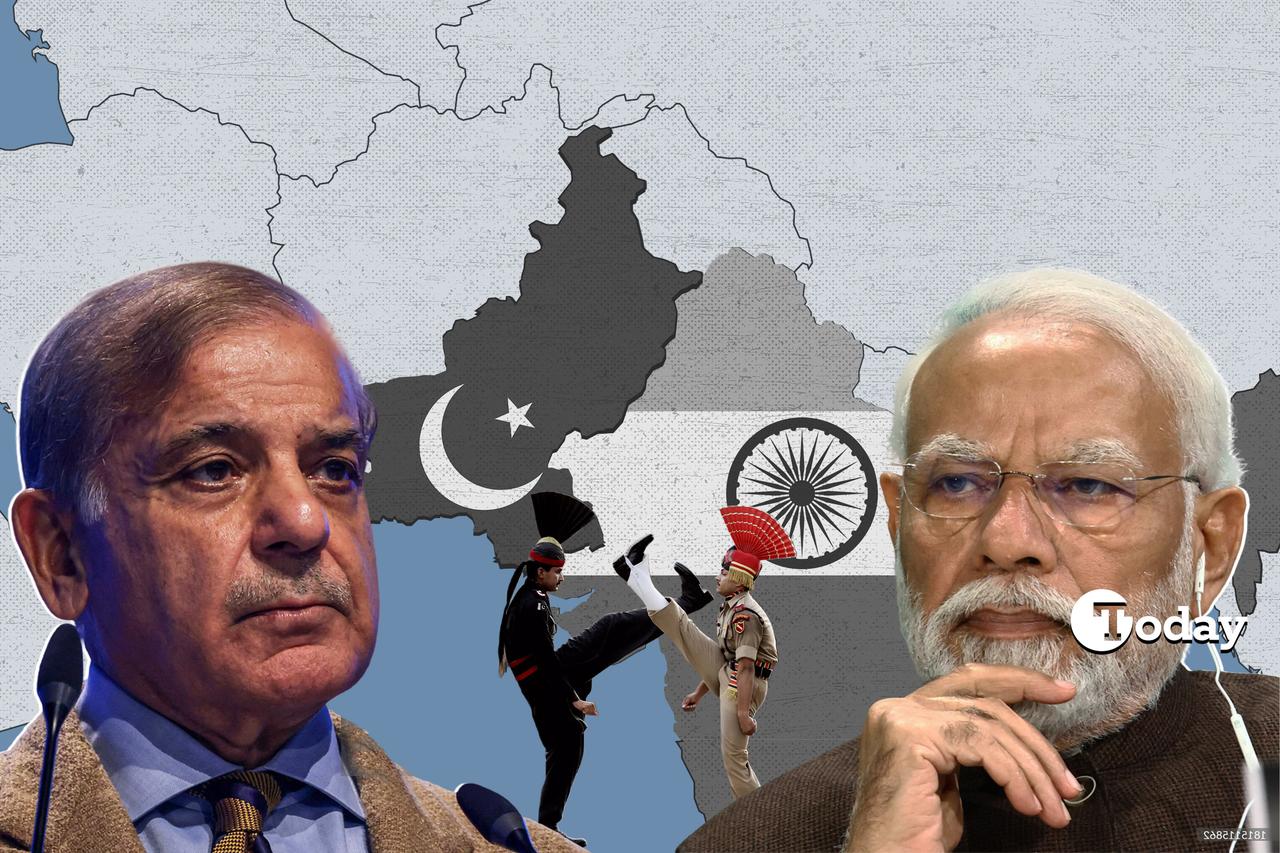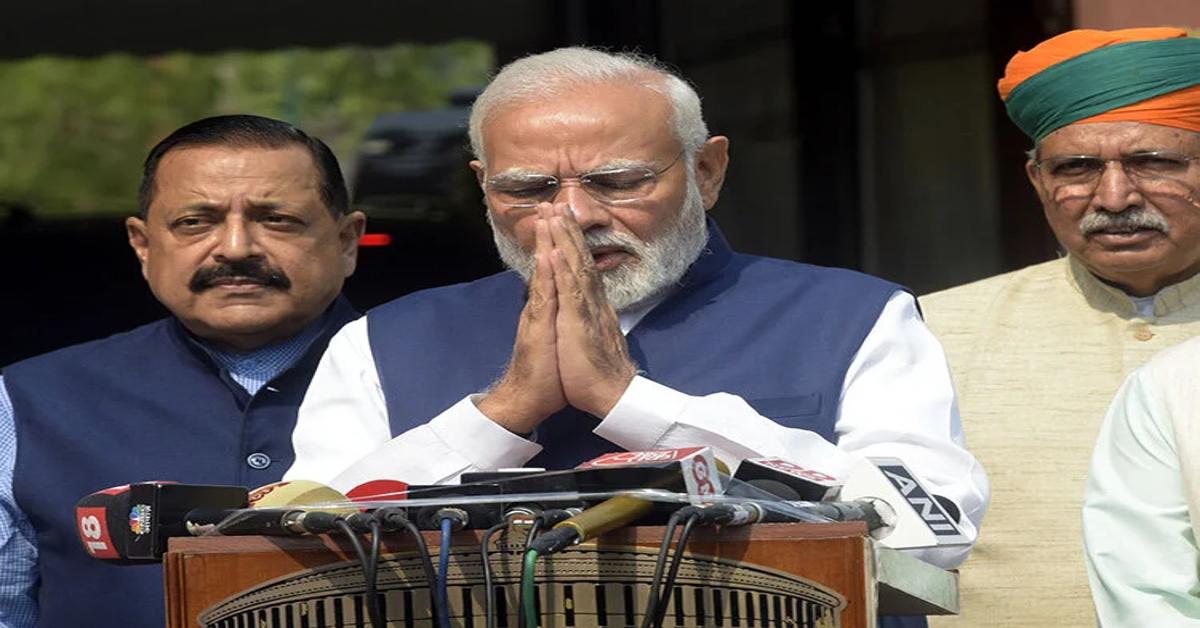
Imagine a bustling city of children walking to school and fishermen heading to sea on a bright morning on Aug. 6, 1945, in Japan’s Hiroshima. Shopkeepers are busy raising the shutters, mothers are cooking, grandparents are knitting, babies are napping, and radio sets are playing war news. It is when the American B-29 bomber dropped the world’s first nuclear weapon used in warfare. “Little Boy” killed 70,000 to 80,000 people in the initial blast radius, with 145,000 people dead by the end of 1945.
A massive mushroom cloud followed the explosion that flattened everything within a mile radius. Houses, schools, playgrounds, and life erased—all in a few seconds. Three days later, the second bomb, “The Fat Man,” was dropped over the Urakami Valley, a densely populated area in Japan’s military production center in Nagasaki. Some 70,000 people were wiped out, with survivors reeling from internal bleeding and organ failures, radiation sickness, and other skin cancers for years.
Fast forward nearly 79 years and nine months later, fears of nuclear war destruction still loom large. Japan’s horrific past can turn into South Asia’s deadly future if war jingoism overrides critical policymaking, conflict diplomacy, and strategic foresight. The region that comprises almost 24% of the world’s total population stands at the brink of another nuclear conflict. India and Pakistan, two nuclear-armed countries, are once again at loggerheads following the Pahalgam attack in Indian-administered Kashmir on April 22.
The attack, in a green, lush valley, which the world remembers as nothing less than Switzerland, claimed 26 precious lives, mostly civilians and all men. The incident sent the Indian regime and media into a frenzy, with them pinning the blame on Islamabad as the masterminds and the plotters within a few hours of the heinous attack.
Islamabad, on the other hand, vehemently denied the claims. Pakistani Prime Minister Shahbaz Sharif called for a neutral investigation and concrete evidence. Amid fuming tensions, the two countries traded diplomatic blows—slamming shut visa windows, recalling envoys like chess pieces, and freezing dialogue into a brittle silence. However, the real flashpoint was India’s decision to call off the Indus Water Treaty signed in 1960.
Despite the ongoing Indo-Pak war rhetoric between the South Asian rivals, the treaty withstood the years of diplomatic tensions. The treaty is crucial for Pakistan as it serves as a lifeline for the agriculture-based country, meeting the water needs of the country’s 250 million population. Experts fear that the spiraling tensions this time can take shape in something ugly that could have global consequences, reaching far beyond the subcontinent. One war could change the world forever; here’s how.
Cities turning into ashes
According to a study published in Science Advances, a full-blown nuclear war between New Delhi and Islamabad could result in 50 to 125 million fatalities within the first week based on an estimation where both countries deploy a significant portion of their nuclear arsenals, which they have been building up over time, against each other's urban centers. Major cities like Delhi, Mumbai, Bangalore, Kolkata, Chennai, Islamabad, Lahore, Karachi, Faisalabad, and Rawalpindi would suffer unimaginable losses.
According to this study, published in 2019, India has four types of land-based ballistic missiles. The range of these missiles allows India to reach all of Pakistan now, as well as all of China when its new missiles are deployed. Pakistan also has one of the largest militaries in the world, with aircraft such as F-16s and Mirage III/V believed to be capable of delivering nuclear payloads. The war could lead to a global fallout beyond South Asia, with the nuclear firestorms injecting 5–6 million tons of black carbon soot into the stratosphere, darkening the skies and blocking the sunlight for days. The radioactive contamination would not respect borders, as cities like Tokyo, Beijing, and Seoul could experience reduced solar radiation with prolonged colder winters, while significant temperature drops are expected in cities like Moscow, Berlin, and London.
Nuclear winter and walking through fire
The term nuclear winter refers to the aftermath of the detonation of numerous nuclear bombs in densely populated areas, leading to a drastic cooling effect on Earth’s temperatures due to soot, aerosol, and dust accumulated in the atmosphere. The soot particles released from intense fires during nuclear explosions ascend far into the stratosphere, absorbing sunlight and blocking it from reaching the surface of the Earth for months. This reduction of sunlight leads to a phenomenon called “global dimming,” causing a significant reduction in the Earth’s surface temperature, potentially by 3.5-9 degrees Fahrenheit (15.8 to minus 12.8 degrees Celsius), depending on the intensity of the explosions. Moreover, the precipitation on Earth would be reduced by 15 to 30%, eventually leading to widespread drought, crop failures, livestock deaths, and water crises around the world.
With low precipitation and losing soil moisture, there will be more risk of forest wildfires and low carbon capture. A nuclear confrontation would also aggravate the climate vulnerabilities, with agriculture around the world facing long-term contamination, undermining food security, and derailing climate commitments by shifting resources from adaptation and mitigation to stop or fight the war.
Crumbling global economy
The economy might brace for the major toll, as Mumbai and Karachi are the biggest South Asian trade hubs, serving as the backbone for the global trade routes. In any such scenario of a nuclear faceoff between Islamabad and New Delhi, the financial markets and trade flows will collapse as decreased global demand would hit the world’s major economies, resulting in a loss of production and supply chain disruptions. The major breakdown in the supply chain, which is already under strain due to ongoing disputes such as the Russia-Ukraine war and the Palestine conflict, would send the global economy into a limbo, triggering a worldwide recession that could last for years.
With the Indus Water Treaty put on hold, food and water security would be at high risk. As an agrarian economy, Pakistan, along with India’s significant contribution to the global food supply, raises concerns about water scarcity and the potential for global famines. Disrupted supply chains would increase the costs of raw materials and finished goods, leading to skyrocketing inflation not only regionally but also globally, impacting the purchasing power in many developed countries.

Refugee crisis like never before
With many facing food and water scarcity, millions would become climate refugees, fleeing their countries for better living conditions, leading to cross-border tensions. The region has a history of being scarred by mass displacements, such as those of the 1947 British India partition and the 1971 Bangladesh Liberation War. Studies estimate that a modern nuclear confrontation and urban warfare could displace around 15 to 30 million people within a few days. Bangladesh, Iran, and Afghanistan—countries already beset by instability and resource scarcity—would be inundated with refugees. The spark plug of the unrest, the Pahalagam attack, shows how the regimes on both sides resort to rapid border closures (e.g., Attari–Wagah) as their immediate response to upheaval, trapping displaced people in conflict areas and exacerbating humanitarian crises. On the other hand, South Asia already awaits the wolf at the door with 40 million climate migrants by 2050.
This would worsen by war, which would destroy infrastructure, contaminate farmland, and take resources away from climate adaptation to meet military requirements. The rest of the world would not be spared for long, as refugee crises would eventually disrupt labor markets and trade in affected regions, slackening economic growth. A massive refugee influx would destabilize the vulnerable neighboring states and heighten political and security risks around the globe.
Death of society
Other than the economic and environmental fallouts, any such conflict would exacerbate the humanitarian crises and deepen social fractures with the rise in xenophobia, extremism, and radicalization of terrorist violence—something that both South Asian rivals fail to contain. With war amplifying the nationalist rhetoric, there will be fears of mob violence, forced conversions, arbitrary arrests, and violence against minorities, as they are the first ones to be affected by any such conflicts and are accused of disloyalty.
With social chaos, there will be a drastic change in the political landscape. Countries would have to reconsider their nuclear policies, and the world will lose faith in peacekeeping organizations such as the United Nations. Given the existing anti-immigrant wave around the world, diaspora communities may bear the most brunt, leaving grave marks on international relations, investment climate, and migration.
Having said that, this is not only a testing time for the region but for the world; one bad decision would cost the “entire” world.